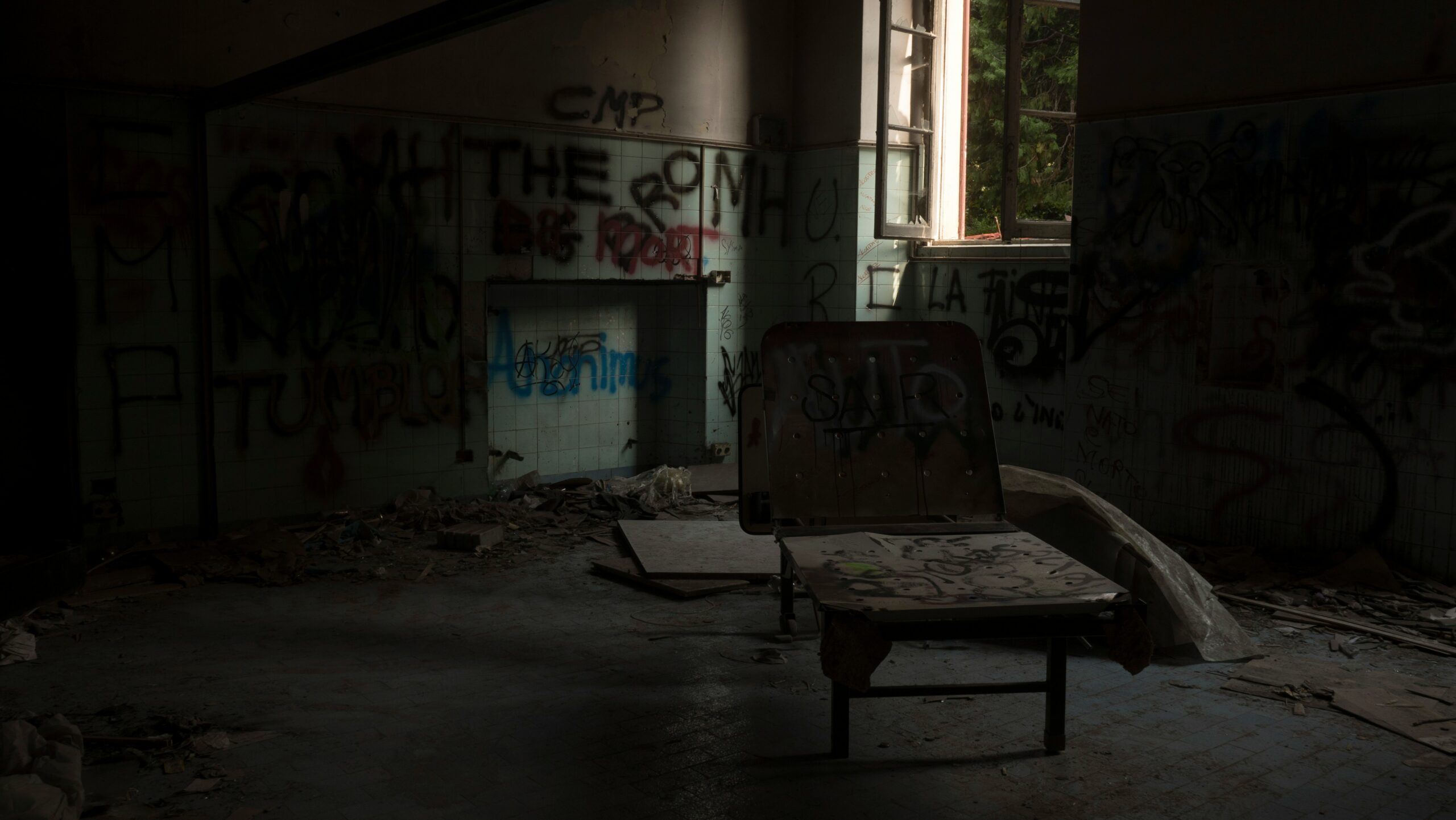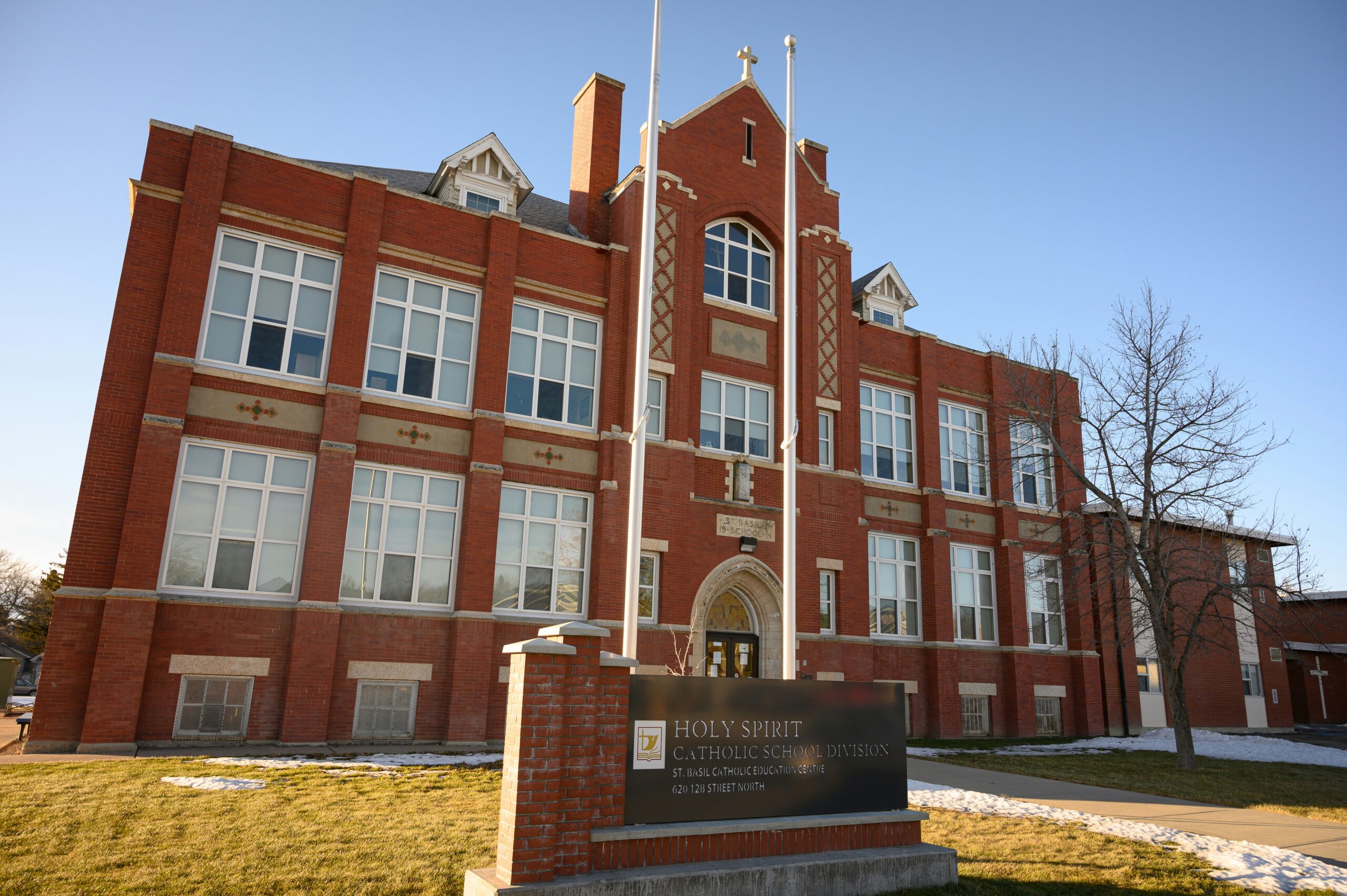Introduction to the UPMC Memorial Shooting
The UPMC Memorial Hospital shooting, which occurred on the afternoon of March 7, 2023, in York, Pennsylvania, marks one of the most tragic events within a healthcare setting in recent history. This incident sent shockwaves through the community, bringing attention not only to the specific circumstances surrounding the event but also to broader discussions regarding hospital safety and gun violence in America. The shooting unfolded within the hospital’s premises, a place typically associated with healing and care, thus highlighting the deep vulnerabilities present in environments that are supposed to be safe.
The series of events began when an individual entered the hospital, allegedly armed, leading to a chaotic confrontation that ultimately resulted in multiple injuries and, tragically, the loss of life. Following the incident, emergency services swiftly responded, prompting an immediate lockdown of the facility. In the wake of this traumatic event, the community grieved, with local residents and hospital staff reeling from the shock of violence in such a familiar space. The shooting not only affected those directly involved but also instigated widespread fear and uncertainty among both patients and healthcare workers at UPMC Memorial Hospital.
The ramifications of the shooting extended beyond the immediate tragedy; community discussions surrounding gun control, mental health resources, and emergency preparedness gained prominence. Local leaders and healthcare advocates have since pushed for better measures to safeguard such institutions from similar threats in the future. The UPMC Memorial Hospital shooting serves as a stark reminder of the importance of addressing both the symptoms and root causes of violence in society, especially in areas dedicated to providing care and support. As we delve deeper into the specifics of this incident, it is essential to recognize its impact on the community and the ongoing dialogues it has spurred.
Details of the Incident
The UPMC Memorial Hospital shooting occurred on a notable day in the city of York, Pennsylvania, creating an environment of tension and fear. The incident began at approximately 3:00 PM on a Thursday afternoon when local law enforcement received reports of an active shooter within the hospital premises. Emergency responders quickly mobilized to the location, highlighting the seriousness of the unfolding situation.
Witnesses in the vicinity reported hearing multiple gunshots, which prompted immediate alarm. Staff and patients began to evacuate the building as authorities initiated lockdown protocols to secure the area. Eyewitness testimonies provided insight into the chaos within the hospital; individuals recounted the palpable sense of fear and uncertainty, as many did not know the source of the threat or whether it had been neutralized. The swift actions of hospital security, in conjunction with York City police, were crucial in managing the initial panic and facilitating the evacuation process.
By 3:15 PM, law enforcement agencies had arrived on-site, deploying tactical teams to assess the situation. Officers established a perimeter around the hospital, ensuring the safety of both first responders and civilians in the vicinity. The initial response aimed not only to contain the situation but also to gather intelligence on the shooter’s whereabouts and motives. Throughout the ordeal, communication channels remained active, allowing for updates to be relayed to personnel inside the hospital.
As law enforcement worked to restore order, additional personnel were dispatched for backup. By around 4:00 PM, the situation began to stabilize, but it was a tense wait for those inside the facility. Overall, the collaboration of various agencies and the quick response of law enforcement were critical in managing the UPMC Memorial Hospital shooting, underscoring the need for preparedness in similar high-stakes situations.
The Victims and Impact on Families
The UPMC Memorial Hospital shooting profoundly affected the lives of numerous individuals, including the victims and their families. The trauma inflicted on those involved extended far beyond the immediate circumstances of the event. Each victim had their own story, contributing to the rich tapestry of lives that intersected within the hospital’s walls. Families of the victims were thrust into a reality marked by overwhelming grief, confusion, and a struggle to find a semblance of normalcy.
Many families faced significant emotional turmoil in the aftermath of the shooting. The pain of losing a loved one or witnessing a family member’s suffering can lead to feelings of helplessness and despair. Support systems for these families have become crucial in mitigating the emotional impact of such tragedies. Local communities organized vigils and support groups, facilitating a space where families could openly express their grief and connect with others who shared similar experiences. Such communal support has proven instrumental in fostering resilience among affected families, allowing them to navigate the complex emotions that arise in the face of loss.
Additionally, the psychological impact of the shooting extended to the survivors, who often reported symptoms of post-traumatic stress disorder (PTSD) and anxiety. Families grappled with the uncertainty surrounding their loved ones’ recovery and the long-term ramifications of the traumatic event. Health professionals within the community have since emphasized the importance of mental health resources, underlining the need for ongoing therapy and counseling. The response of the wider community, coupled with the dedication of local agencies, has played a pivotal role in helping families cope with the aftermath of their loved ones’ experiences, highlighting the profound interconnectedness within the community during such difficult times.
Response from UPMC and Local Authorities
The UPMC Memorial Hospital shooting sparked a swift and coordinated response from both hospital officials and local authorities. Within moments of the incident, UPMC issued a statement emphasizing the immediate measures taken to ensure the safety of patients, staff, and visitors. Emergency protocols were activated, and the hospital was placed on lockdown to prevent any further harm. Hospital officials communicated their deep concern for those affected and reiterated their commitment to providing care for all patients, balancing the need for safety with ongoing medical services.
Local law enforcement agencies, including the police department and SWAT team, responded promptly to the scene of the incident. Their primary objective was to neutralize any potential threats and to secure the surrounding area. Authorities established a perimeter around the hospital to facilitate emergency response efforts and to ensure the safety of the community. Press briefings took place, allowing law enforcement to share updates with the public while also respecting the need for operational discretion.
In addition to immediate responses, both UPMC and local authorities prioritized communication and support for families and witnesses affected by the violence. Resources were made available, including counseling services for staff and community members dealing with trauma. Safety measures were subsequently reviewed, leading to a commitment from UPMC to invest in enhanced security protocols within the hospital premises. Collaborative efforts between hospital administrators and local law enforcement continue as they work together to uphold the safety and security of the community, reinforcing the importance of preparedness in the face of public health emergencies.
Community Reaction and Support Initiatives
The tragic event at UPMC Memorial Hospital sent shockwaves through the local community of York, Pennsylvania. In the wake of the shooting, residents and organizations came together to foster an environment of healing and resilience. Community gatherings were quickly organized, providing spaces for individuals to share their grief and support one another. These events not only allowed for collective mourning but also highlighted the strength of the community in the face of adversity.
Local organizations played a crucial role in facilitating these support initiatives. Non-profits and mental health services stepped up to offer counseling and resources for those affected by the incident. Workshops were held to encourage open discussions about trauma, mental health, and the importance of community solidarity. Many citizens volunteered their time and talents, reflecting a profound commitment to restoring a sense of normalcy.
In addition to immediate support efforts, memorials for the victims also became a central aspect of the community’s response. Vigils were held, and various memorials installed throughout York served as poignant reminders of the lives lost. These memorials provided spaces for reflection where residents could honor the victims while also fostering a sense of unity among those grieving. Local churches and faith-based organizations hosted services aimed at promoting healing, drawing in large crowds who sought solace in shared faith and community.
The aftermath of the UPMC Memorial Hospital shooting demonstrated the resilience of York’s community. The collaborative efforts among residents, local organizations, and officials to support one another exemplified a deep commitment to healing. In the face of such profound tragedy, their initiatives not only honored those affected but also reinforced the bonds that tie the York community together, enhancing a spirit of togetherness and hope for recovery.
Discussion on Gun Violence and Mental Health Issues
The intersection of gun violence and mental health is a critical issue that warrants thorough examination, particularly in the wake of tragic events such as the UPMC Memorial Hospital shooting. Gun violence remains a persistent social problem in the United States, with numerous studies indicating a direct correlation between mental health issues and the propensity for violent behavior. According to the Centers for Disease Control and Prevention (CDC), firearms were involved in over 45,000 deaths in 2020 alone, signifying a dire need for addressing this public health crisis.
Experts suggest that while not all individuals with mental health disorders pose a risk for violence, certain conditions, particularly when exacerbated by substance abuse or lack of treatment, can heighten this risk. Recent data from the National Institute of Mental Health (NIMH) indicates that approximately 1 in 5 adults experiences mental illness annually. However, public perception often unfairly associates mental health problems with violence, leading to stigma and misconceptions that complicate the discourse surrounding mental health care accessibility. This stigma must be addressed to foster open discussions and develop effective community-based programs.
Furthermore, the implications of gun violence related to mental health necessitate a multi-faceted approach that includes not only healthcare reforms but also sensible gun control policies. Advocates argue for measures such as universal background checks and red flag laws, which can prevent individuals with severe mental health issues from accessing firearms. In addition, community programs aimed at early intervention and mental health education play an essential role in reducing both the incidence of mental illness and the likelihood of violent outcomes.
Recognizing the broader social impacts of gun violence is crucial for creating resilient communities. As we continue to assess these factors, collaborative efforts between healthcare professionals, policymakers, and community leaders are paramount to building a safer society, where mental health support systems are prioritized and gun violence is systematically curtailed.
Lessons Learned and Future Prevention Measures
The UPMC Memorial Hospital shooting serves as a poignant reminder of the vulnerabilities that exist within healthcare environments. In the aftermath of this tragic event, several lessons have emerged, prompting hospitals and health systems to reevaluate their security protocols and overall preparedness. One of the foremost considerations is the enhancement of security measures. Hospitals, traditionally seen as safe spaces, must now adopt a more comprehensive approach to security, incorporating advanced technology such as surveillance cameras, access control systems, and the presence of trained security personnel. By creating a fortified environment, healthcare institutions can ensure the safety of both patients and staff.
Another critical area that warrants attention is mental health screening. The importance of identifying individuals experiencing mental health crises cannot be overstated. Health systems should establish protocols for routine mental health assessments, not only for incoming patients but also for employees. Implementing training programs for staff to recognize warning signs of distress and violence will equip them to intervene appropriately. Additionally, fostering a culture of open communication can encourage staff to voice concerns about potentially dangerous situations, thus preventing future incidents.
Emergency preparedness is equally essential. Hospitals should conduct regular drills to prepare staff for various emergency scenarios, including active shooter situations. These drills should involve law enforcement agencies to ensure a coordinated response. Furthermore, creating clear communication plans for both staff and patients during emergencies can significantly reduce chaos and enhance safety. By integrating these recommendations into their operational framework, health systems can significantly mitigate risks and foster a safer environment. The lessons learned from the UPMC Memorial Hospital shooting must catalyze a renewed commitment to healthcare safety, ensuring that such tragedies do not recur in the future.
Media Coverage and Public Perception
The UPMC Memorial Hospital shooting elicited extensive media coverage, which played a significant role in shaping public perception regarding safety in healthcare settings. News outlets reported the incident in various ways, often emphasizing the chaotic and tragic nature of the event. Major networks and local news sources provided real-time updates, which contributed to a sensational portrayal of the shooting. Such coverage included details of the shooting timeline, information about the victims, and insights into the immediate response from law enforcement.
In addition to traditional news media, social media platforms became a crucial part of disseminating information. Individuals present at the scene shared their experiences and provided eyewitness accounts, which often went viral. The rapid spread of information on sites like Twitter and Facebook allowed for diverse perspectives, yet it also led to the proliferation of misinformation. This dual-edged sword has a profound impact on how the public interpreted the event. While social media can amplify voices and highlight important social issues, it can also instill fear and anxiety, particularly in relation to safety within hospitals.
As various narratives unfolded in the aftermath of the shooting, public perception began to reflect a growing concern about hospital safety. Healthcare facilities, which are often viewed as sanctuaries for healing, faced scrutiny. Discussions surrounding the need for heightened security measures became prevalent in both media coverage and public discourse. The frequency of violent incidents within hospitals, exacerbated by this shooting, raised questions about the adequacy of current safety protocols and led to calls for systemic changes in how healthcare security is managed.
Overall, the media’s portrayal of the UPMC Memorial Hospital shooting and the subsequent discussions shaped a heightened awareness and concern regarding the safety of patients and staff in healthcare environments. The influence of both traditional and social media cannot be overlooked, as these platforms continue to mold public perception and fuel ongoing conversations about security within hospitals.
Conclusion and Moving Forward
The tragic shooting at UPMC Memorial Hospital has not only left an indelible mark on the local community of York, PA, but also serves as a poignant reminder of the challenges faced by institutions in ensuring safety and security. This incident highlights the urgent need for comprehensive discussions surrounding mental health support, access to resources, and the implementation of effective safety protocols within healthcare settings. As we reflect on the details surrounding the shooting, it is clear that proactive measures must be prioritized to prevent such senseless acts of violence in the future.
Engagement within the community is imperative. Residents, local organizations, and law enforcement must collaborate to foster an environment of safety and promote well-being. Establishing communication channels among these groups can facilitate awareness, allowing for the timely identification of potential threats. Furthermore, increasing mental health awareness and support can aid in addressing underlying issues that contribute to such violent events, creating a more compassionate and vigilant community.
In light of this incident, it is crucial for individuals to come together in solidarity and support for those affected. Healing from such traumatic events requires collective effort, understanding, and active participation in community safety initiatives. Encouraging open dialogue and sharing experiences can contribute to a stronger, more resilient populace. By discussing not only the event itself but also the factors leading up to it, we can work towards a future where tragedies like the UPMC Memorial Hospital shooting are not repeated.
Ultimately, this incident serves as a compelling call to action. We must learn from this event, advocating for reforms and strategies that will ensure the safety of all community members. By prioritizing preparedness, support, and dialogue, we can create a safer environment and foster healing in the aftermath of such crises. A united front will be essential in navigating the complexities of community safety and resilience in the wake of violence.



